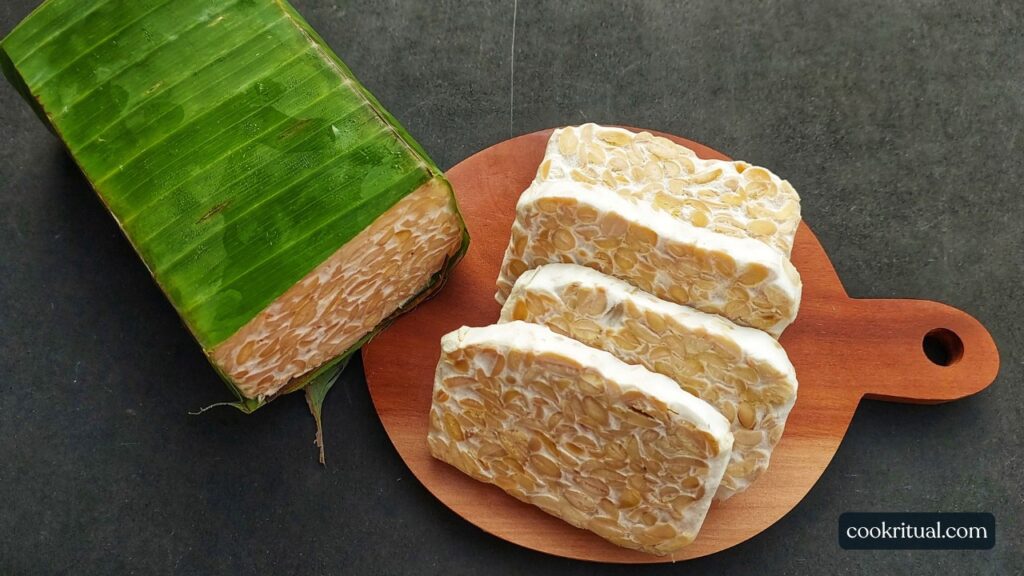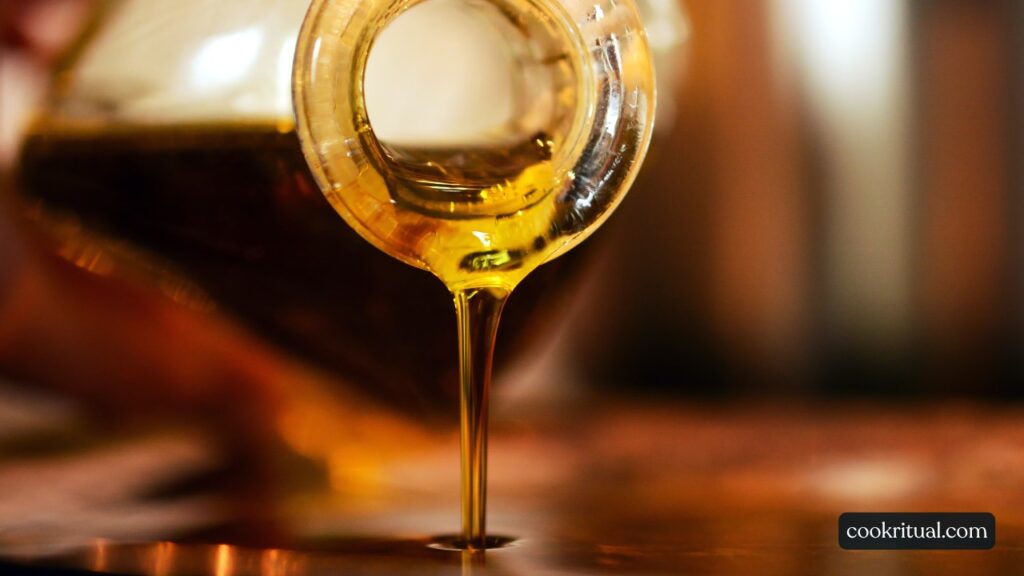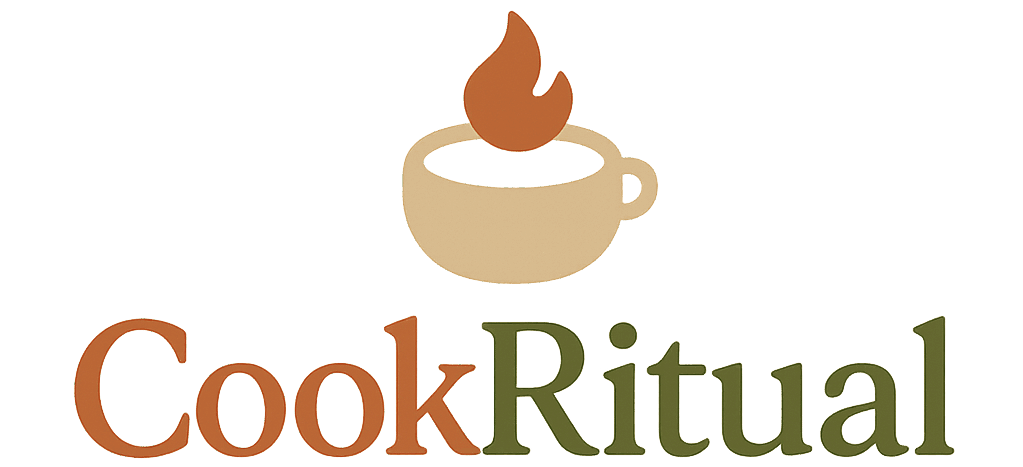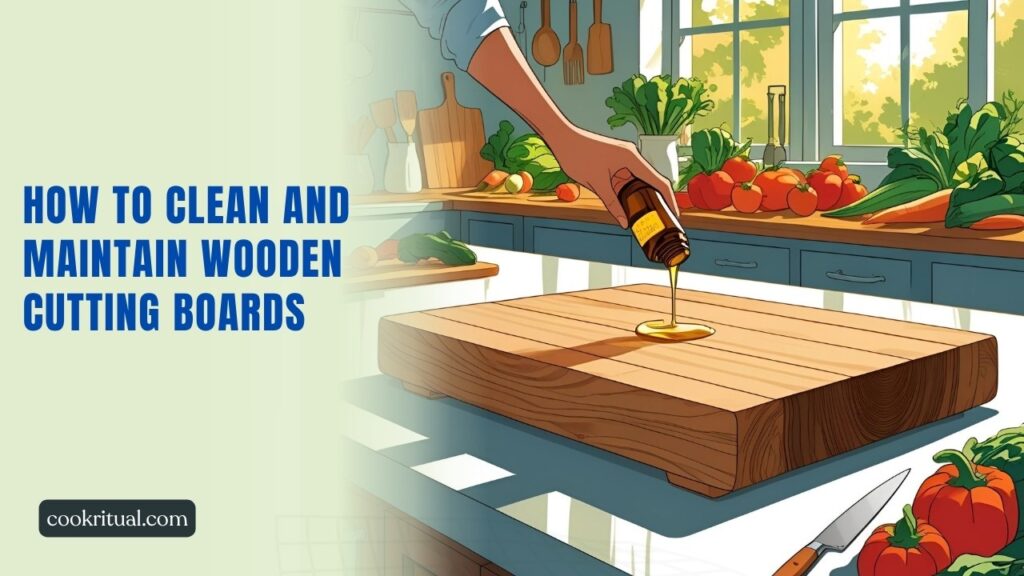A clean, well-maintained wooden cutting board isn’t just about kitchen aesthetics—it’s essential for food safety and the longevity of your tools. Unlike plastic boards that can go in the dishwasher, wooden boards require a bit more attention. But the payoff? A durable, naturally antibacterial surface that can last for years with the right care.
We often forget that our cutting boards touch almost everything we eat—veggies, fruits, meats, even bread. So keeping them clean and properly maintained protects both our health and our investment. Plus, there’s something deeply satisfying about prepping dinner on a board that’s smooth, hydrated, and free of cracks or odors.
Whether you’re an avid home cook or just learning to meal prep for the week, this guide will walk through everything you need to know about cleaning, conditioning, and preserving wooden cutting boards—so they stay safe, sturdy, and beautiful for years to come.
Contents
- 1 Step-by-Step: How to Clean a Wooden Cutting Board Properly
- 2 Deep Cleaning and Deodorizing Techniques
- 3 How to Oil Wooden Cutting Boards (And Why It Matters)
- 4 Restoring and Maintaining Wooden Cutting Boards Over Time
- 5 Wooden Cutting Board Care Tips: Do’s and Don’ts
- 6 Best Types of Wood for Cutting Boards (And Why It Matters)
- 7 Top Recommended Products for Wooden Board Care
- 8 Step-by-Step Cleaning Guide (Daily, Weekly, Monthly)
- 9 Frequently Asked Questions (FAQs)
- 10 Conclusion: Keep Your Wooden Board Clean, Safe, and Long-Lasting
Step-by-Step: How to Clean a Wooden Cutting Board Properly
Daily Cleaning Routine With Soap and Water
Cleaning a wooden cutting board after every use is key to keeping it safe and lasting longer. Start by scraping off any food bits using a bench scraper or a spatula. Then, wash the board with warm water and mild dish soap. Use a soft sponge and scrub along the grain of the wood.
Avoid soaking the board in water or putting it in the dishwasher. Too much water can warp or crack wood over time. Instead, rinse quickly and dry it with a clean towel right away. Stand the board upright or on its edge to air-dry completely.
Learn more about food-safe cleaning from USDA’s guide to kitchen cleanliness.
How to Sanitize Wooden Cutting Boards Naturally
Even with daily cleaning, it’s a good idea to sanitize your board once a week—especially if you’ve cut raw meat. One of the safest ways is to use white vinegar. Spray or wipe full-strength vinegar over the surface. Let it sit for a few minutes, then rinse and dry.
Lemon juice and salt are also excellent natural cleaners. Sprinkle coarse salt over the board, rub it with half a lemon in circles, and let it sit for 5 minutes. Rinse and dry. This method not only sanitizes but helps deodorize your board too.
For natural sanitizing tips, visit Harvard Health’s advice on kitchen safety.
Removing Stains and Odors From Wooden Boards
To get rid of stains or strong smells like garlic or onion, use baking soda and water. Make a thick paste and rub it onto the stained area with a cloth. Let it sit for 10 minutes, then rinse and dry well.
This method is safe, natural, and perfect for restoring cutting boards that smell or look worn out. For stubborn spots, a bit of white vinegar with baking soda can help lift tough stains.
Deep Cleaning and Deodorizing Techniques
Using Baking Soda, Lemon, and Vinegar
Once a month, give your wooden board a deep clean. Start by covering the board with baking soda. Rub it with a lemon half, squeezing lightly as you go. Let this mix sit for 10–15 minutes to break down any food residue.
Then rinse with a splash of white vinegar, followed by warm water. Dry the board immediately. This process deep-cleans, removes smells, and keeps bacteria away without using harsh chemicals.
See how natural cleaners work via EPA’s guide to safe cleaning products.
When and How to Deep Clean
If your cutting board looks dry, smells odd, or has visible stains, it’s time for a deep clean. This is especially important if you use it daily or for different food types. Deep clean every 2–4 weeks for best results.
Avoid bleach or harsh sprays—they can damage the wood and leave unsafe residues.
How to Prevent Mold on Wooden Cutting Boards
Mold can grow if moisture stays trapped in the board. Always dry your board right after cleaning. Store it standing up or on a rack to let air flow around it.
To kill mold naturally, wipe the area with hydrogen peroxide (3%). Let it sit for 5 minutes, rinse well, and dry completely. Regular oiling (which we’ll cover next) also helps seal the surface and keeps moisture out.
Learn about food-safe ways to handle mold from Clemson University Extension.
How to Oil Wooden Cutting Boards (And Why It Matters)
Best Oils for Cutting Board Care
Oiling wooden cutting boards keeps them smooth, protected, and long-lasting. It also prevents cracking, warping, and soaking up food smells. The best oils are food-safe mineral oil, beeswax, or a board cream made for kitchen use.
Avoid using olive or vegetable oils—they go rancid over time. Look for products labeled “food-grade” and safe for wood surfaces.
Trusted products and oil types are recommended by the FDA’s guidance on food-safe materials.
How Often to Oil a Wooden Board
As a rule, oil your board every 3–4 weeks or whenever the wood looks dry or lighter in color. In drier climates or with frequent use, you may need to oil it more often.
Step-by-Step Guide to Oiling and Conditioning
- Clean and dry the board completely.
- Apply mineral oil evenly using a lint-free cloth or paper towel.
- Rub in the oil along the grain of the wood.
- Let it sit for at least 6–8 hours or overnight.
- Wipe off any extra oil with a clean towel.
Optional: After the oil soaks in, apply a beeswax-based conditioner to seal the surface.
Signs Your Board Needs Oiling
- The wood looks dull or pale
- Water soaks in instead of beading on top
- It feels dry or rough to the touch
Regular oiling keeps the board water-resistant, smooth, and food-safe.
Restoring and Maintaining Wooden Cutting Boards Over Time
How to Remove Scratches and Resurface
Over time, wooden cutting boards can get deep cuts or scratches from knives. These grooves can trap food and bacteria, so it’s important to smooth them out.
To restore a wooden board, start by sanding the surface. Use medium-grit sandpaper (around 120 grit) to sand down any rough or damaged areas. Always sand along the grain of the wood.
Once the board is smooth, wipe it clean with a damp cloth. Then let it dry fully before applying food-safe oil or conditioner.
For detailed sanding safety, check OSHA’s wood dust exposure guidelines.
Sanding and Refinishing Tips
- Use a sanding block or orbital sander for best results
- Start with coarse grit, then switch to finer grit (220) for a smooth finish
- Wipe away all dust before applying oil
This process not only removes scratches but gives your board a like-new surface. Regular sanding once a year can help your board last for decades.
Restoring Old or Dry Wooden Cutting Boards
If your board looks dry, cracked, or faded, don’t toss it yet. Most wooden boards can be saved. Sand off the top layer, then soak the surface with mineral oil. Let it absorb overnight.
Repeat the oiling process over a few days if the wood is very dry. Finish with a layer of beeswax conditioner to seal and protect it.
Learn about restoring food-safe surfaces from Fine Woodworking.
Wooden Cutting Board Care Tips: Do’s and Don’ts
What to Avoid With Wooden Cutting Boards
Avoid dishwashers, soaking, and harsh cleaners. These are the biggest threats to your board. Dishwashers use high heat and water pressure that can warp or split the wood.
Also, never use bleach or strong chemicals—they can leave behind harmful residue and dry out the wood.
Here’s a quick list of don’ts:
- Don’t soak in water
- Don’t leave wet on the counter
- Don’t store it flat if still damp
- Don’t use vegetable oils—they go rancid
See food safety warnings from the Centers for Disease Control and Prevention (CDC).
Quick Maintenance Checklist
To keep your cutting board clean and safe:
- Wipe it down after each use
- Deep clean once a month
- Sanitize weekly with vinegar or lemon
- Oil every 3–4 weeks or when it looks dry
- Store upright to keep air flowing around it
Following this simple checklist helps prevent mold, smells, and cracking.
How to Store Your Wooden Board Properly
Storage matters more than most people think. A wet or damp board left on a counter can trap moisture underneath. This can lead to warping or even bacteria growth.
Stand your board on its side, or use a rack that allows full air circulation. If stacking with other boards, place a towel or mat in between to avoid trapped moisture.
For smart storage tips, visit The Spruce Eats guide on kitchen tools.
Best Types of Wood for Cutting Boards (And Why It Matters)
End Grain vs. Edge Grain Boards
End grain boards are made from the ends of wood fibers. They are softer on knives and self-heal better after cuts. They also tend to last longer with proper care.
Edge grain boards are made from the side of the wood grain. They’re more affordable and still strong, but may show cuts over time. Both types are great—you just need to choose what fits your style and budget.
For a full comparison, check this end grain vs. edge grain guide by Serious Eats.
Maple, Walnut, Cherry – Pros and Cons
These are some of the best woods for cutting boards:
- Maple: Hard, durable, and resistant to bacteria
- Walnut: Softer on knives and has a rich, dark color
- Cherry: Smooth texture and ages beautifully over time
All three are closed-grain woods, which means they don’t absorb liquids as easily—great for kitchen use.
Learn more about safe hardwoods from Harvard’s guide to kitchen materials.
Bamboo vs. Wood Cutting Boards Comparison
Bamboo is a popular choice because it’s affordable and eco-friendly. But it’s not technically wood—it’s a grass. Bamboo boards are harder than wood and can dull knives faster. They also tend to split if not properly dried.
Wooden boards, especially hardwoods like maple, are more forgiving on knives and easier to maintain long-term.
Best choice? Go with hardwood for quality and bamboo for budget.
For environmental pros and cons, see NRDC’s bamboo and sustainability guide.
Top Recommended Products for Wooden Board Care

Best Oils and Conditioners for Wooden Boards
Keeping your cutting board in top shape means using the right oils. Food-grade mineral oil is the gold standard. It’s safe, odorless, and keeps the board hydrated.
Some great options include:
- Howard Butcher Block Conditioner – A blend of mineral oil and natural waxes
- Thirteen Chefs Food Grade Mineral Oil – Affordable and easy to apply
- Boos Mystery Oil – Used by professional kitchens
Avoid vegetable oils, as they can go rancid and create bad smells over time.
For safe kitchen oil options, refer to USDA’s food handling guidelines.
Essential Tools for Cleaning and Maintenance
These simple tools make a big difference in daily care:
- Bench scraper – Quickly removes stuck food
- Soft bristle brush – Cleans without damaging the wood
- Microfiber cloths – For drying and oiling
You can also use coarse kosher salt and half a lemon for natural deep cleaning. It removes odors and helps sanitize the surface.
See eco-friendly cleaning solutions from Environmental Working Group (EWG).
Step-by-Step Cleaning Guide (Daily, Weekly, Monthly)
Daily Cleaning Steps After Each Use

After each use, rinse your wooden board with warm water. Use mild dish soap and a sponge to scrub the surface. Then rinse well and pat dry.
Never soak or leave the board wet. Prop it up so air can circulate on both sides.
Daily checklist:
- Rinse with warm water
- Use mild soap
- Dry right away with a towel
- Stand upright to air-dry fully
Weekly Sanitizing Routine
Once a week, disinfect your board using one of these natural methods:
- White vinegar – Spray and let sit for 5 minutes
- Lemon + coarse salt – Scrub and rinse
- 3% hydrogen peroxide – Pour over the surface and wait 5 minutes
These options kill bacteria without harsh chemicals.
Learn more about sanitizing from the CDC’s food safety recommendations.
Monthly Deep Cleaning and Oiling

Every 3–4 weeks, give your board a full refresh:
- Lightly sand with 220-grit sandpaper
- Clean off dust with a dry towel
- Apply mineral oil in a circular motion
- Let it sit overnight
- Wipe off extra oil in the morning
- Add beeswax conditioner if desired
This deep care routine keeps your board from drying out and prevents cracks over time.
Frequently Asked Questions (FAQs)
How Often Should You Oil a Wooden Cutting Board?
Oiling once every 3–4 weeks is ideal, or whenever the surface looks dry or pale. More frequent use may need weekly oiling.
Can You Use Vinegar or Lemon on Wooden Boards?
Yes! Both are natural sanitizers that are safe for wood. Lemon also helps remove smells.
Learn more from Harvard Health’s home cleaning tips.
What’s the Difference Between Wood and Plastic Cutting Boards?
Plastic is dishwasher-safe and lighter. But wood resists bacteria better, especially when made from hardwoods like maple or walnut. Wood also lasts longer with proper care.
Read about plastic vs. wood from the NSF’s cutting board safety page.
Conclusion: Keep Your Wooden Board Clean, Safe, and Long-Lasting
Wooden cutting boards are a smart and healthy choice for every kitchen. With a little care—daily cleaning, weekly sanitizing, and monthly oiling—they can last for years. Choose the right tools and products, follow safe storage tips, and avoid common mistakes like soaking or using harsh chemicals.


